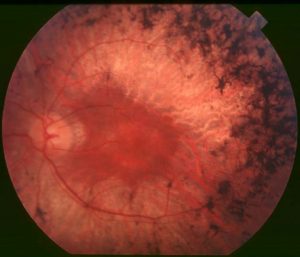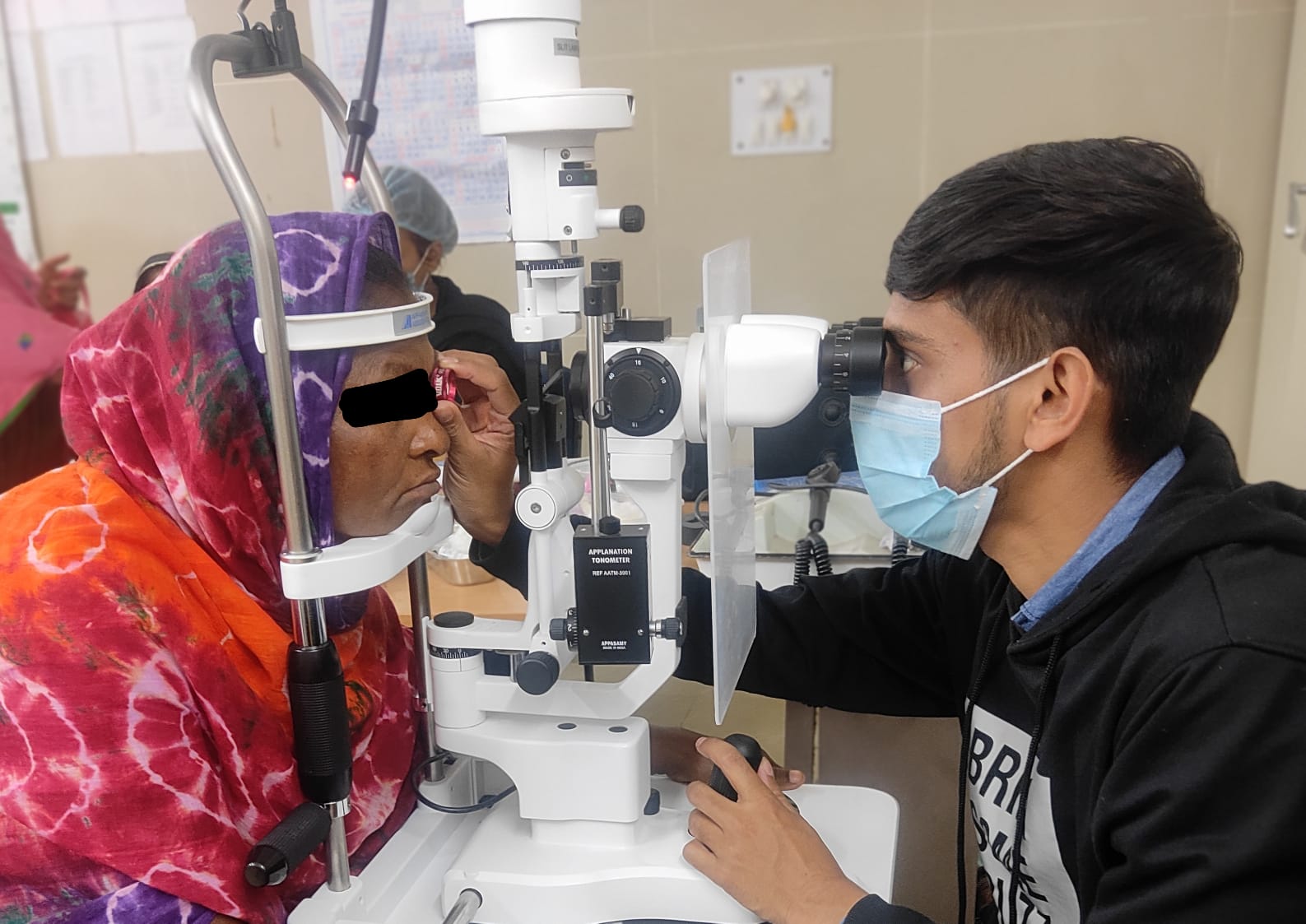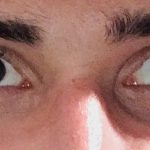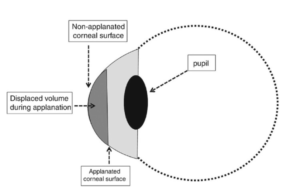The most common early symptoms of RP is loss of vision at night , usually starting in childhood . Parents may notice that childrean with RP have trouble moving around in the dark or adjusting to dim light .RP also causes loss of side (peripheral) vision. So you have trouble seeing things out of the corners of your eyes.
Other symptoms of RP include
.Sensitivity to bright light
.Loss of color vision
Causes of RP :
Most of the time , RP is caused by changes in genes that control in the retina. Thes changed genes are passed down from parents to childrean.
RP is linked to many different genes and can be inherited in different ways.Sometimes RP happens as part of other genetic condition like usher syndrome causes both vision and hearing loss.RP can also be caused by some medicines , infection or by an eye injury but these causexs aren’t as common.
How will my eye doctor check for RP?
Eye doctors can check for RP as part of a comprehensive dilated eye exam .The exam is simple and painless . The doctor will give you some eye drops and then check your eyes for RP and othher eye problems. The exam includes a visual field test to check peripheral vision.

Other test for RP include :
ELECTRORETINOGRAPHY (ERG) – ERG test is the eye doctor check how well your retina responds to light.
OPTICAL COHERENCE TOM0GRAPHY (OCT) -This test uses light waves to take a detailed picture of your retina.
FUNDUS AUTOFLUORESCENCE (FAF) – Imaging in this test, the eye doctor uses blue light to take a picture of the retina .
GENETIC TESTING – Doctor may suggest a genetic test to learn more about the type of RP they have.This can tell you how your RP symptoms may change over time.
What’s the treatment for RP?
There is no cure for RP , but low vision aids and rehabilation programm can help people with RP make the most of their vision. You can also talk with your eye doctor about vitamines and supplements, for RP . Vitamine A may help slow low vision loss from the common form the RP . But talking too much vitamine A can cause liver problems .So talk with your doctor about the risks and benefits of this treatment .Fish oil and supplements may also help low vision loss.
What’s the latest research on RP?
NEI funds research about RP and other genetic eye diseases with the goal of preventing vision loss and giving people their sight back. Currently , NEI reseachers are studying gene therapies , cell therapies and new medication as experimental treatments in the future.
A variety of retinal molecular pathway defects have been matched to multiple known RP gene mututaions. Mutations in the rhodopsin gene (RHO) which is responsible for the majority of autosomal dominantly inherited RP cases, disrupts the rhodopsin protein essential for translating light into decipherable electrical signals within the phototransduction eascade of the activity of this G – protine cuupled receptor are classified into distinct classes that depend on the specific folding abnormally and the resulting molecular pathway defects. The class mutant proteins activity is comprpmised as specific point mutations in the protein coding aminoacid sequence affect the pigment proteins to the outer segment of the eye, where the phototransduction cascade is localized .Additionally , the ,misfolding of class ii rhodopsin gene mutations disrupts the protein’s conjunction with 11 cis retinal to include proper chromophome formation . Additionally mutants in this pigment encoding gene affect protein stability,diasrupts mRNA intergrity pust -translationally and affect the activation rates of transducin and opsin optical proteins .
Additionally,animal models suggest that the retinal pigment epithelium fails to phagocytose the outer rod segment dises that have been shed , leading to an ccumulation of outer rod segment debris . In mice that are nomozygoes recessive for retinal degenarationmutation ,rod photoreceptors stop developing and undergo degeration before cellular mututation completes a defect in CGMP -photophodiesterase has also been documented this leads to toxic levels of CGMP.









